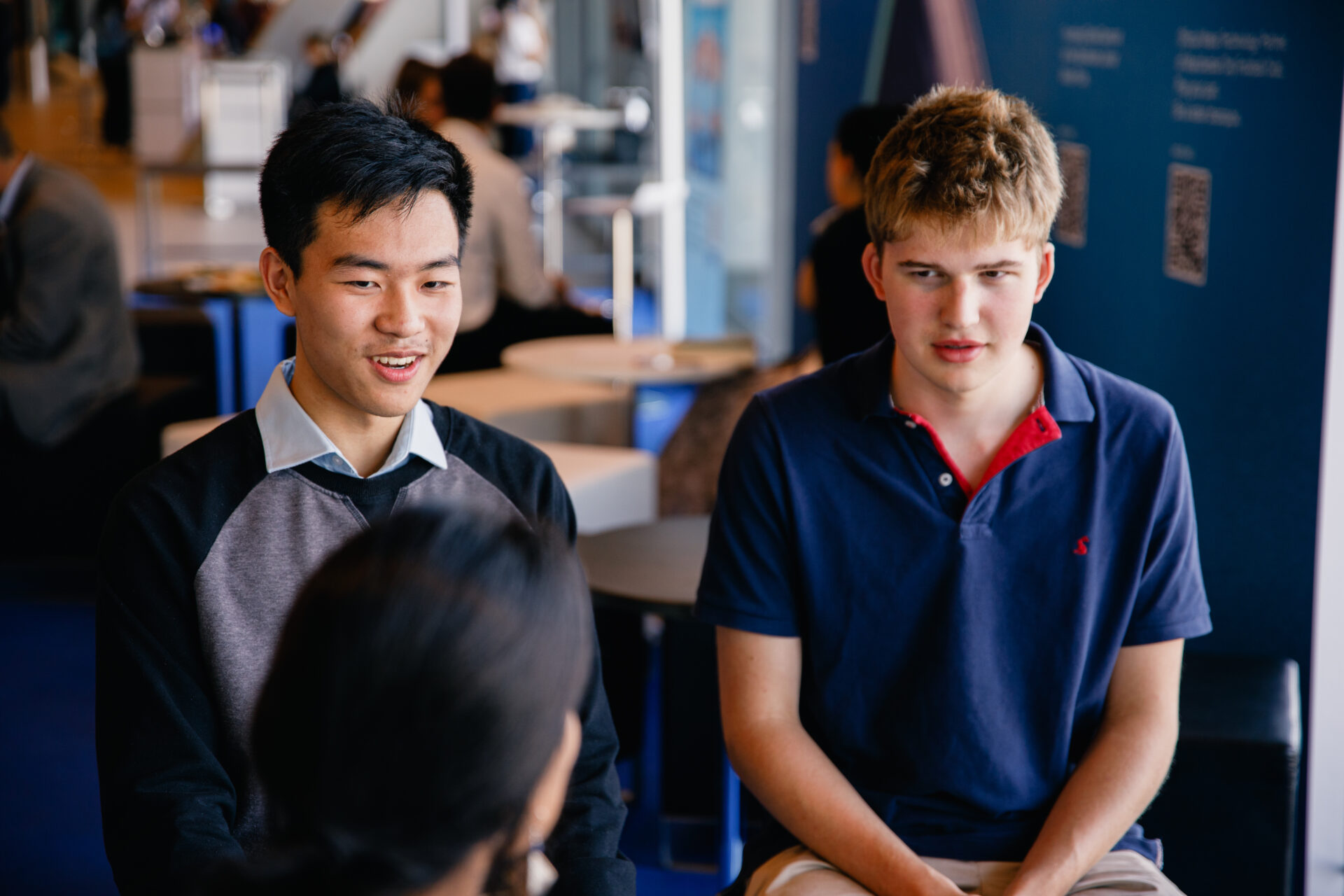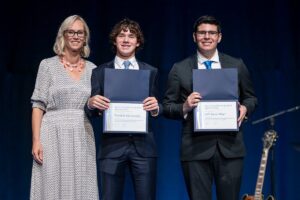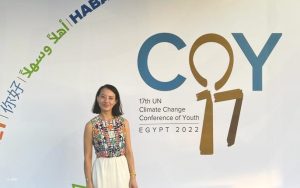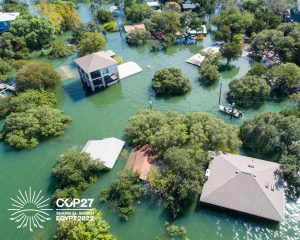From water innovation to public awareness: Winners of Stockholm Junior Water Prize 2024
“It is about the impetus, because when people know about an issue and there is protest on the streets, it creates awareness, and people may write letters to members of Parliament in the UK. This may force law makers to act and improve regulations against unsafe levels of PFAS. That’s the impact we would like to see.”
What went behind the scenes
The most exciting part of the project for Jonathan was going through London and testing samples of the River Thames. “There’s a whole marshland before you can get to the river,” he said.
The winners are very proud of the journey before the Prize. For Jonathan it was about “taking small steps towards the final goal”, whereas for Christopher it was about “having an idea and making it a reality.”
Jonathan also expressed how “the more you know the less you know” after the substantial amount of research they conducted and continued garnering information. However, they had a “turning point” and felt that they were truly starting to get a grasp and expertise over the topic.
At a personal level, the students connected very well which helped them throughout the project.
“The thing about water and the environment is that it connects everything. Whatever you are passionate about, you can use that and apply it to make a positive impact.”
How the winners found their passion for water
PFASolve is a true reflection of the winners’ mindset to drive change. For Christopher it was his connection to water from a young age. He experienced his love for water through water sports. “My ethos is that I like to see things clean and tidy, and when I see the water is not clean, and it could be, I believe that it can be fixed. We have solved so many problems in the past, like the ozone layer depletion.”
Jonathan found his interest across several different subjects during his early years. It’s his love for science and biology that eventually brought him closer to water. “The thing about water and the environment is that it connects everything. Whatever you are passionate about, you can use that and apply it to make a positive impact.”









